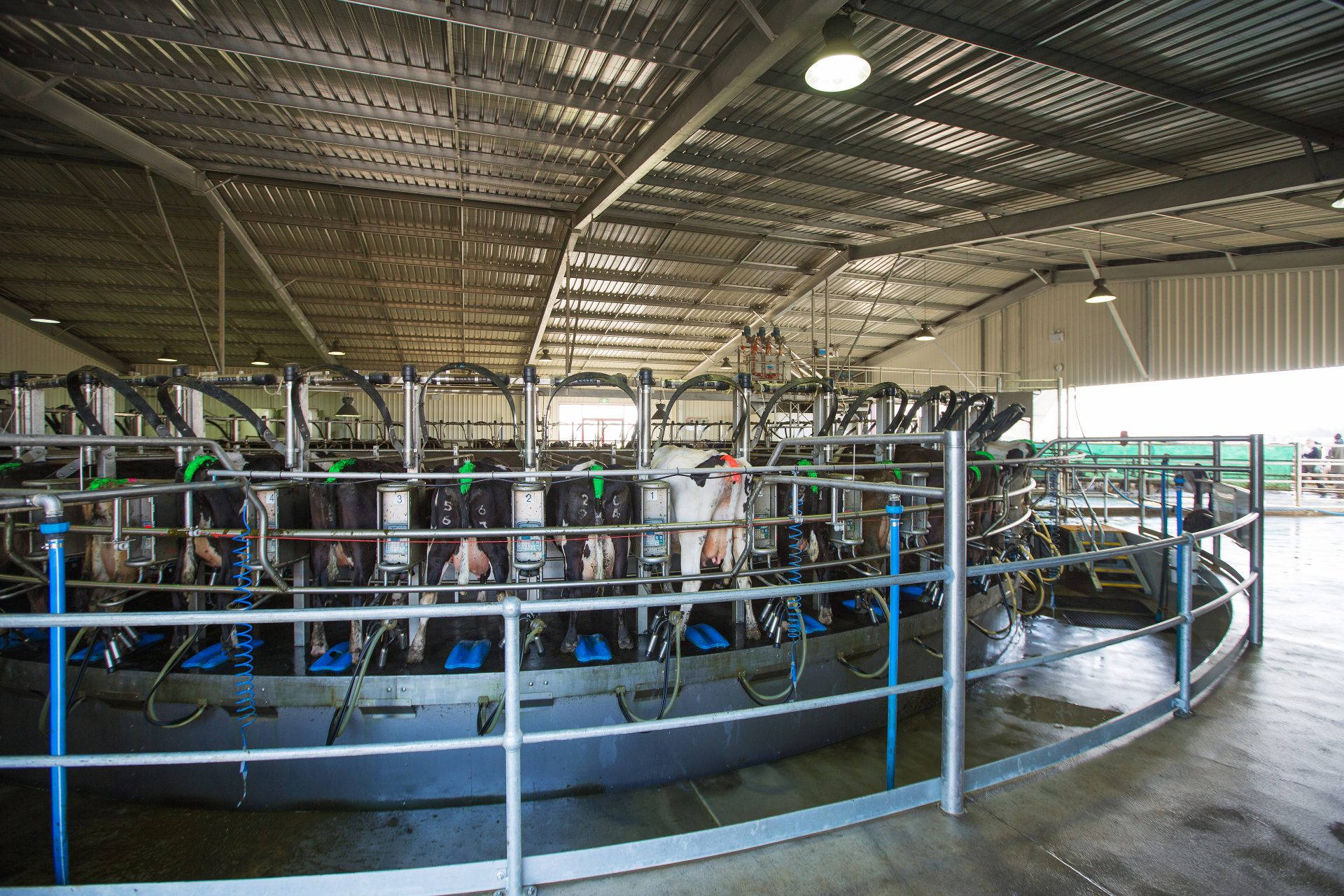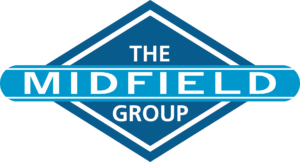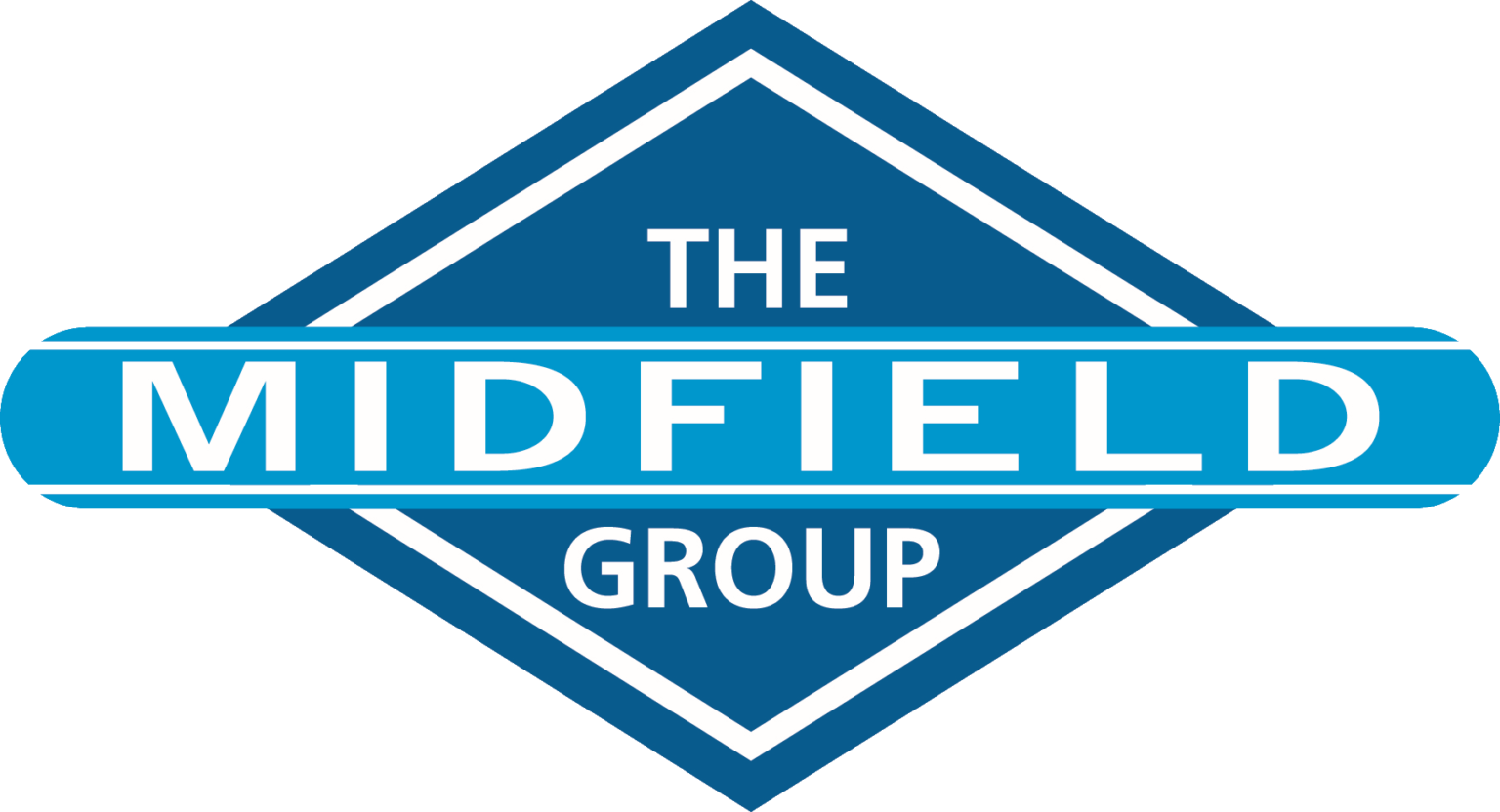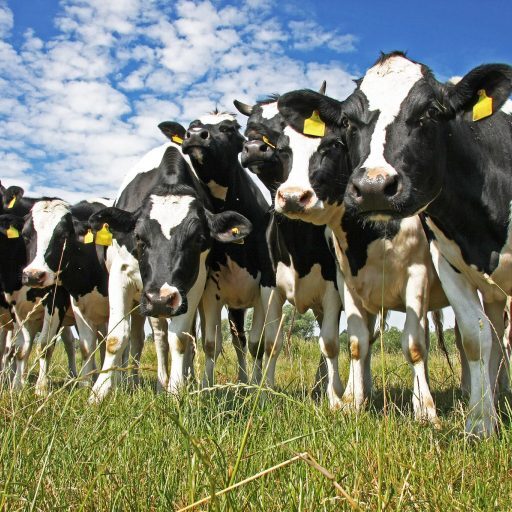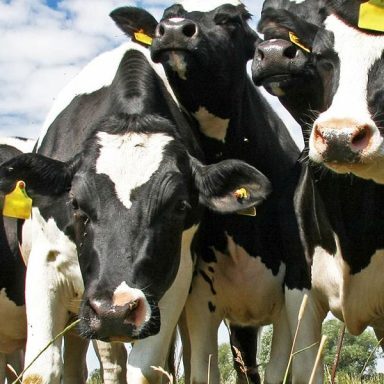Antibiotic processes and procedures
Processes on farm can have a major impact on the quality of milk. UDC general manager Greg Lemmens says premium raw milk quality is essential to premium finished dairy products.
In addition to this, Greg says there are many steps farmers can take to ensure they achieve the best product and prices for their raw milk.
ANTIBIOTICS
At calving time, the chance of antibiotics (AB) accidently getting into the farm vat is increased.
“If the AB gets into the product it is not eligible for export and can affect yoghurt and cheese quality if the powder is used in these. It is also a risk if people sensitive to ABs consume this product,” he says.
Farmers need to employ systems that ensure treated milk doesn’t get into the vat. It is essential to:
1. Mark cows effectively with two methods of identifying the cow, such as paint across their udder and tail tape as a backup method in case the paint is covered in mud.
2. Keeping good records that reflect the treatments, with cow ID, when, how much, what, and the withhold period so you don’t milk her back into the vat too early.
3. Ensure all milking staff know which cows are treated. Running a sick or hospital herd reduces the chance of treated cows being milked into the vat.
4. Make sure you have the ID and marking system you use displayed somewhere in the dairy, so relief milkers know how to identify the cows. All farms have different ways of marking their cows.
Greg says if cows are accidentally milked into the vat it’s important to contact the factory representative and test the vat before it is collected, as it is easier dealing with the issue at farm level than at the factory.
“We encourage reporting on farm by partially reimbursing the farmer if the milk is rejected on a limited number of occasions. Farmers will receive a bigger penalty if they contaminate an entire tanker, so it’s worth reporting when accidents happen.”
All milk is tested for AB contamination before it enters the factory to ensure it doesn’t make it into the end product
